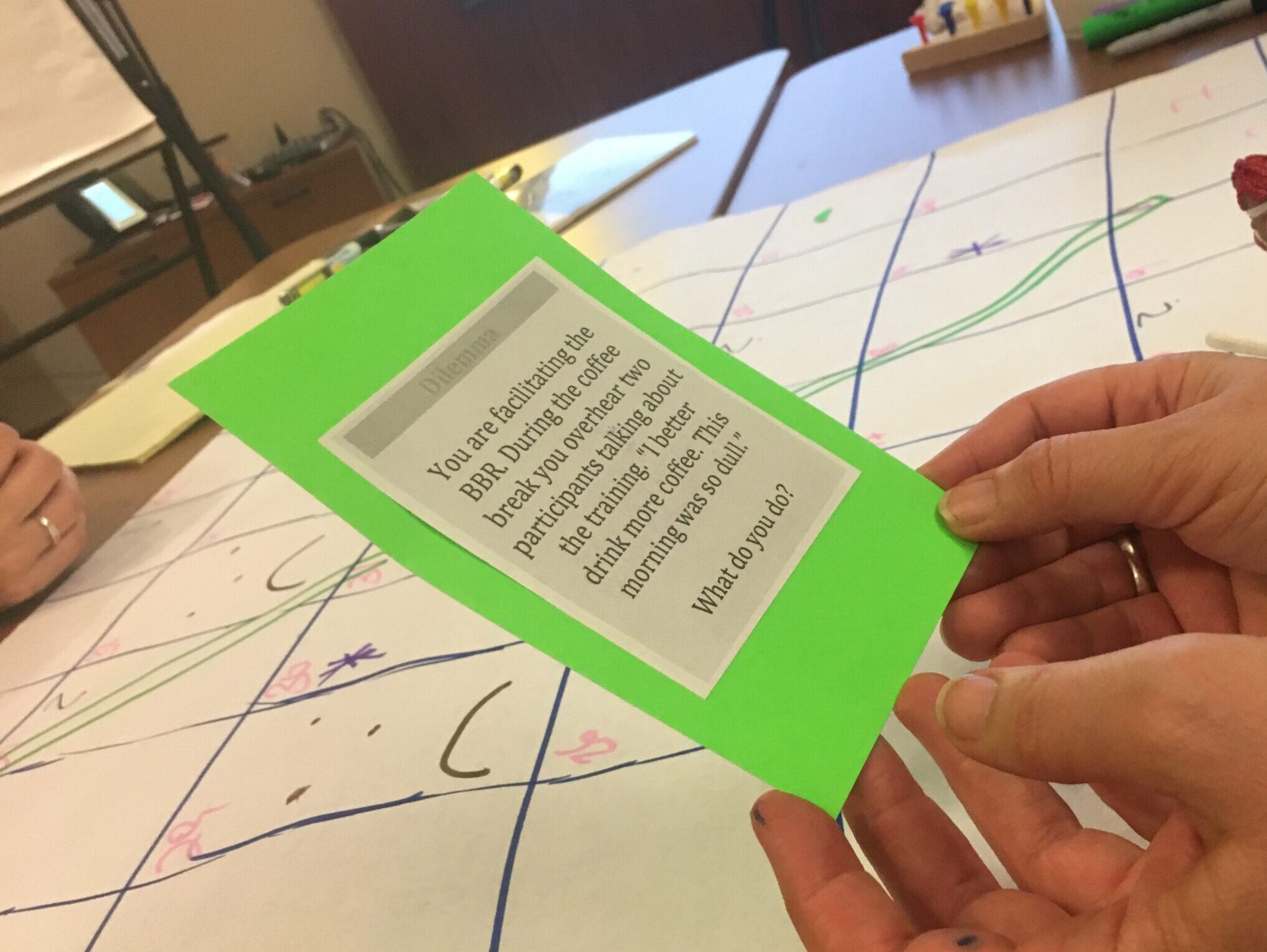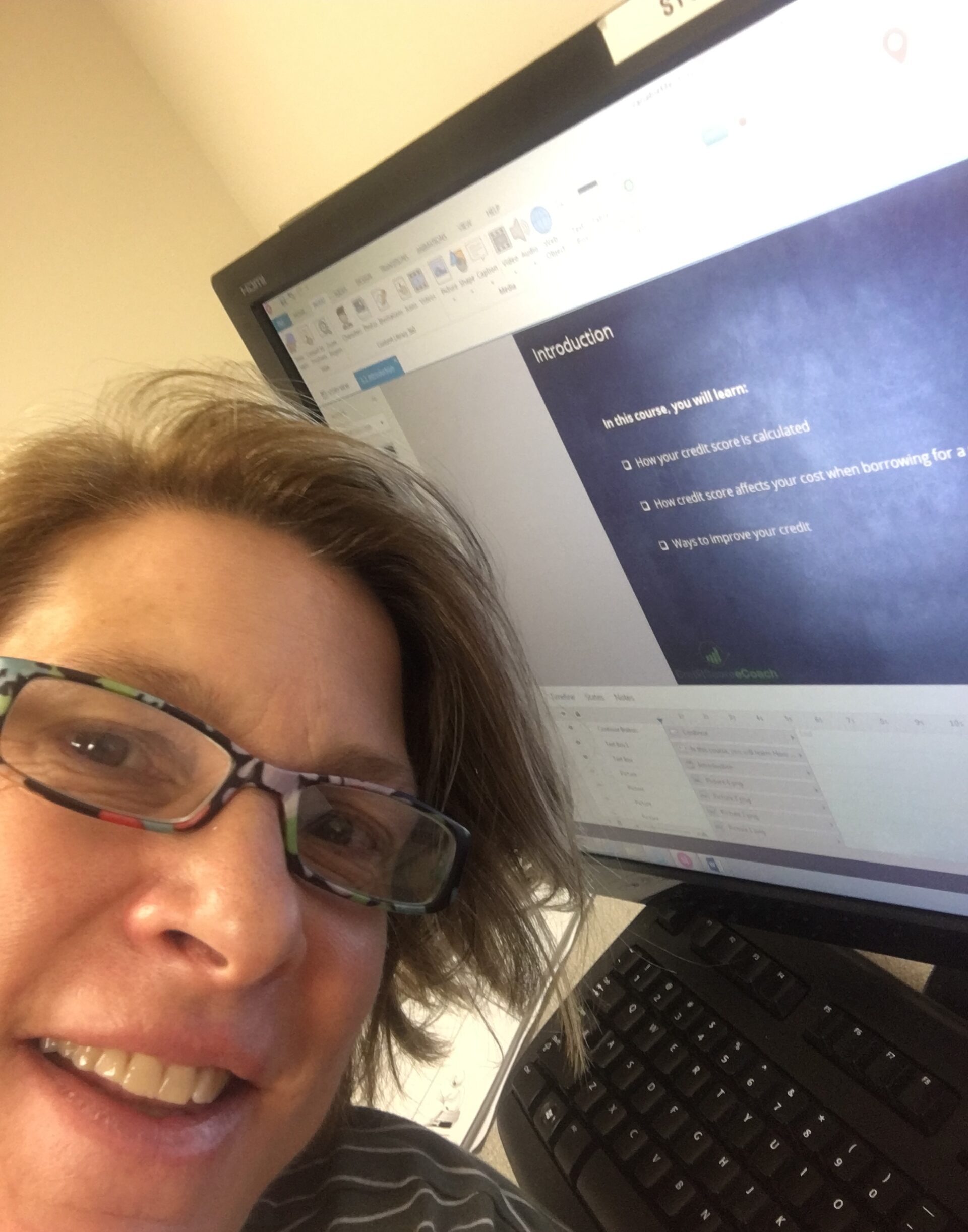Read This Before You Create Your First Course
Lately, I get lots of inquires about my “Launchpad” package for folks looking to create in-person and online workshops and courses.
And you know what? I think long and hard before taking on new clients in that program.
Yes, you read that right: I sometimes turn down that type of work.
Why? Well, first off, it’s about my own integrity and what I know based on decades of experience as an instructional designer, trainer and coach.
Here’s the thing: While live workshops and online training can be perfect for some businesses, one size for sure does not fit all.
Sometimes your clients are better served by your staying true to your core services and offerings.
Please don’t misunderstand me. I understand the lure of creating a signature learning program. I get where you’re coming from. I really do.
* You’ve made it as far as you can with your current business model.
* You’re excited to reach more clients and make a greater impact.
* You’re looking for a way to package the tools, tips and strategies you’ve worked long and hard to develop.
And now you’re thinking, what’s next? How can I grow my business, create a new income stream, and reach even more clients?
So you take a look around and see lots of other people jumping into creating and selling e-courses, webinars, and the like.
And then next thing you know you’re lost down the rabbit hole of online learning — Adobe Connect, Zoom, and a host of other platforms.
My advice? Before you start, get crystal clear on what will best serve your clients. Get in the habit of asking yourself these questions:
- What is the real reason I want to create a course?
- Will a course truly serve my clients?
- Is what I have to share better delivered in another medium or format? (Podcast, anyone? Printable worksheets? A mini learning sprint delivered by email?)
So the next time you feel the urge to cook up an e-learning program, make sure you’ve got the right recipe for your clients. Need help figuring out what makes sense for your business? Schedule a consult with me to learn more about my coaching and consulting services.





